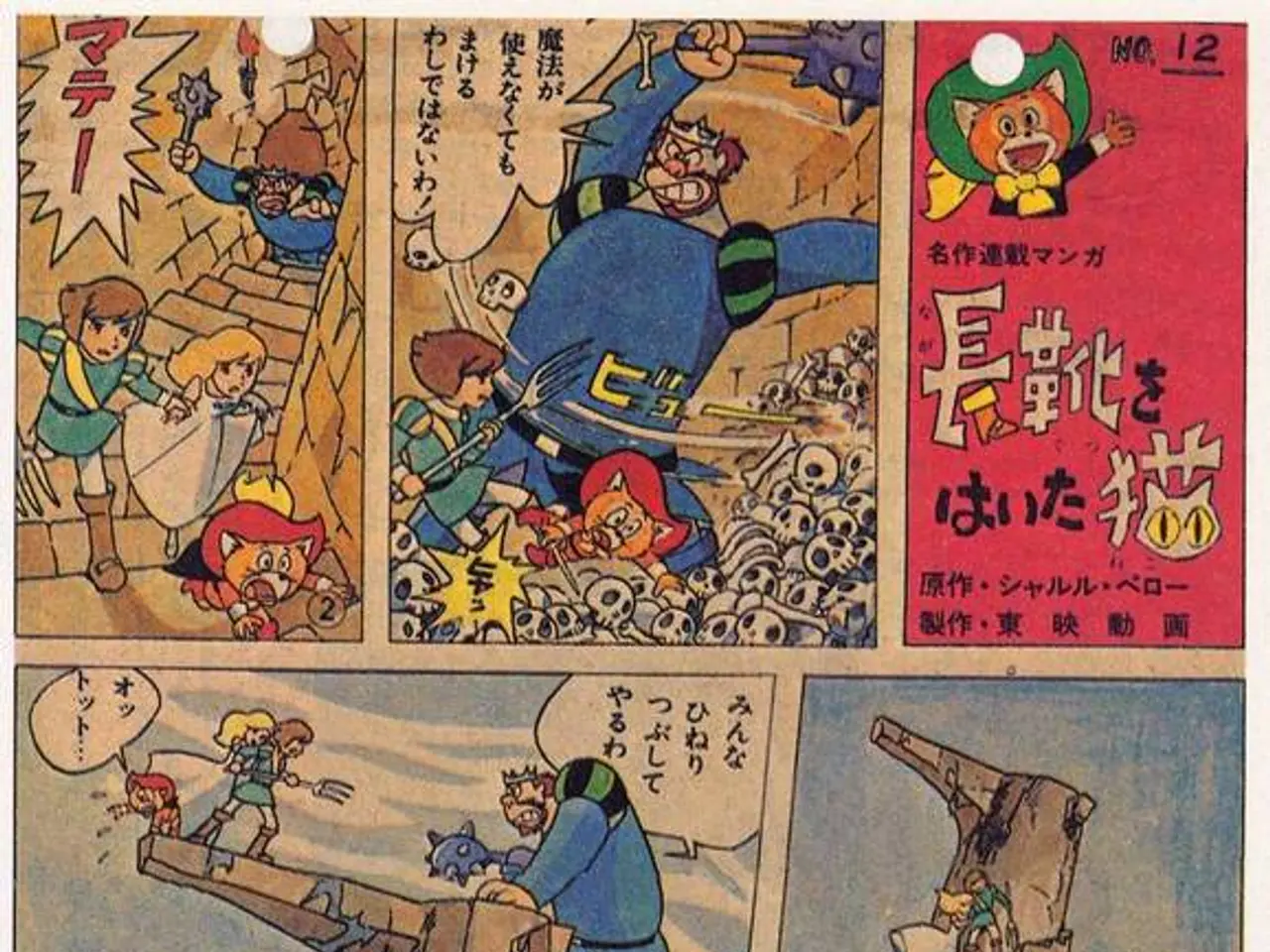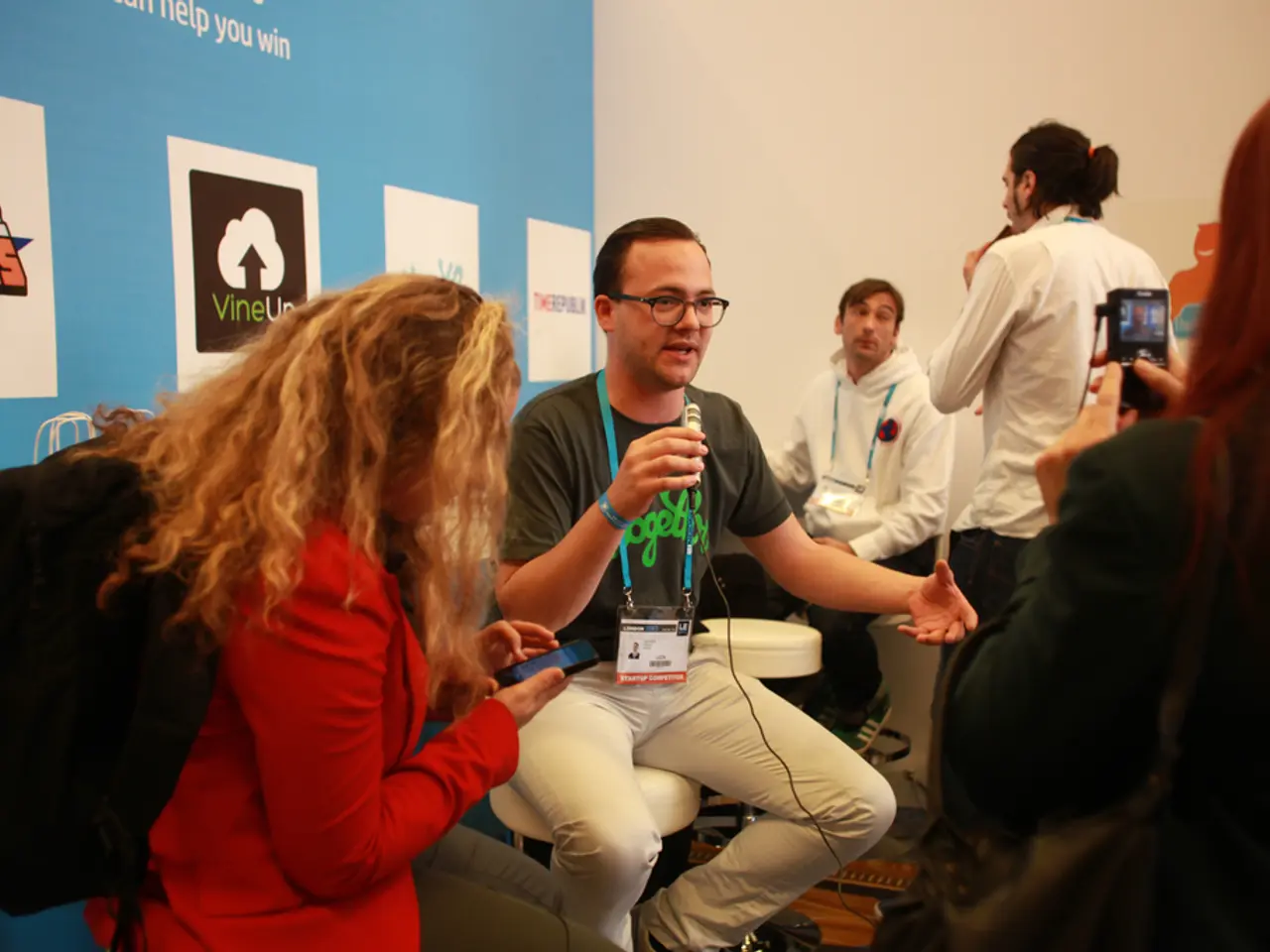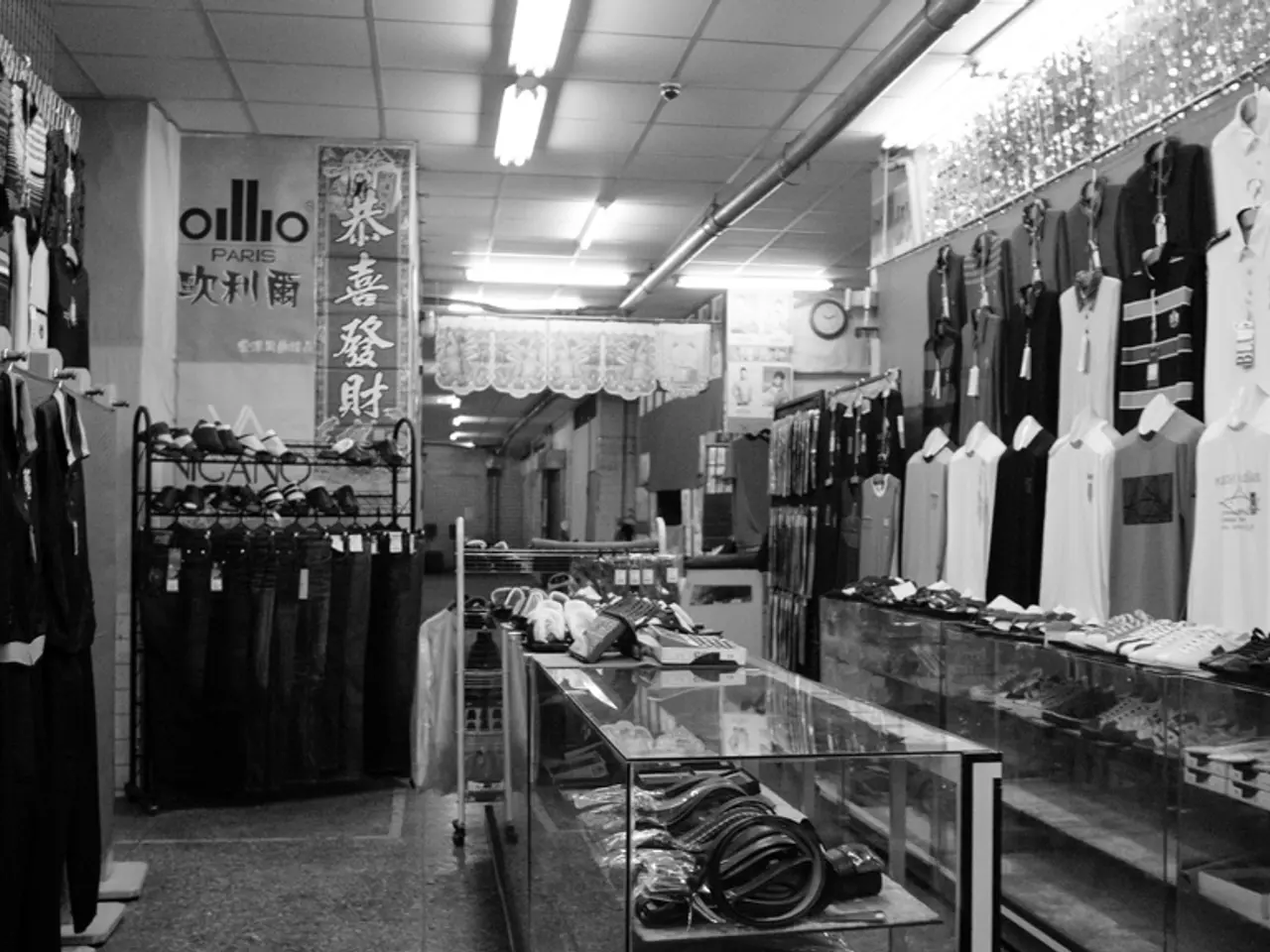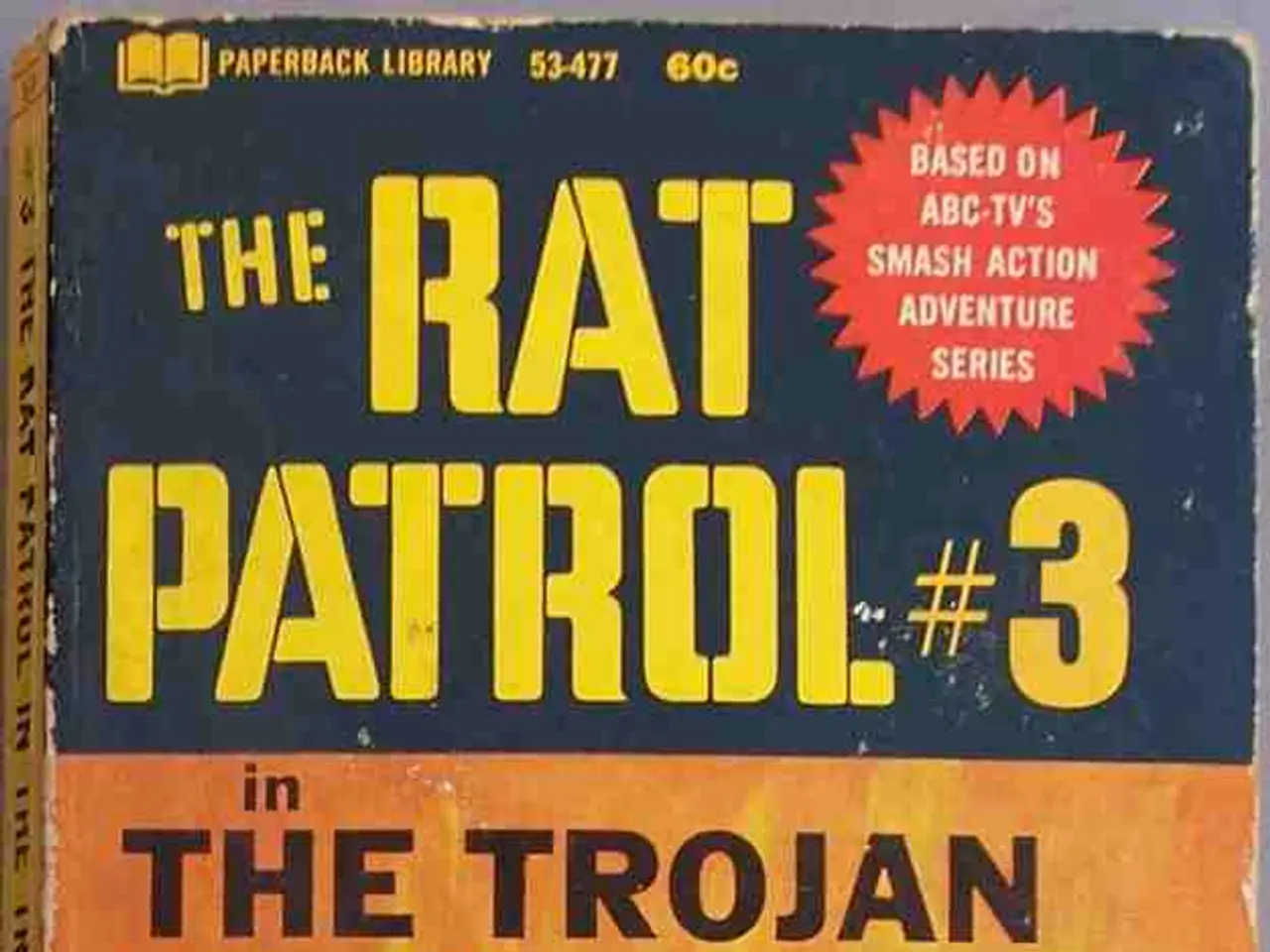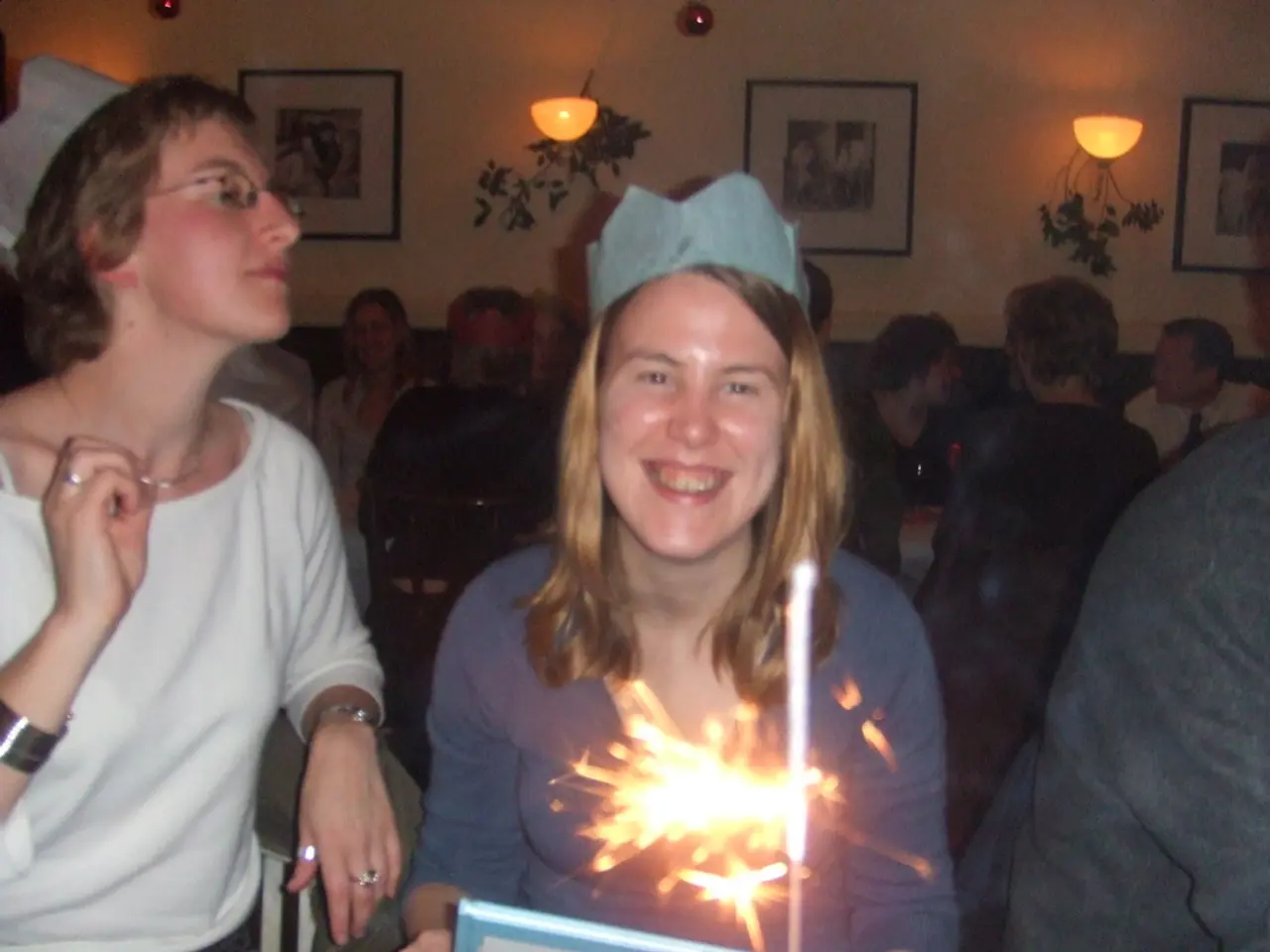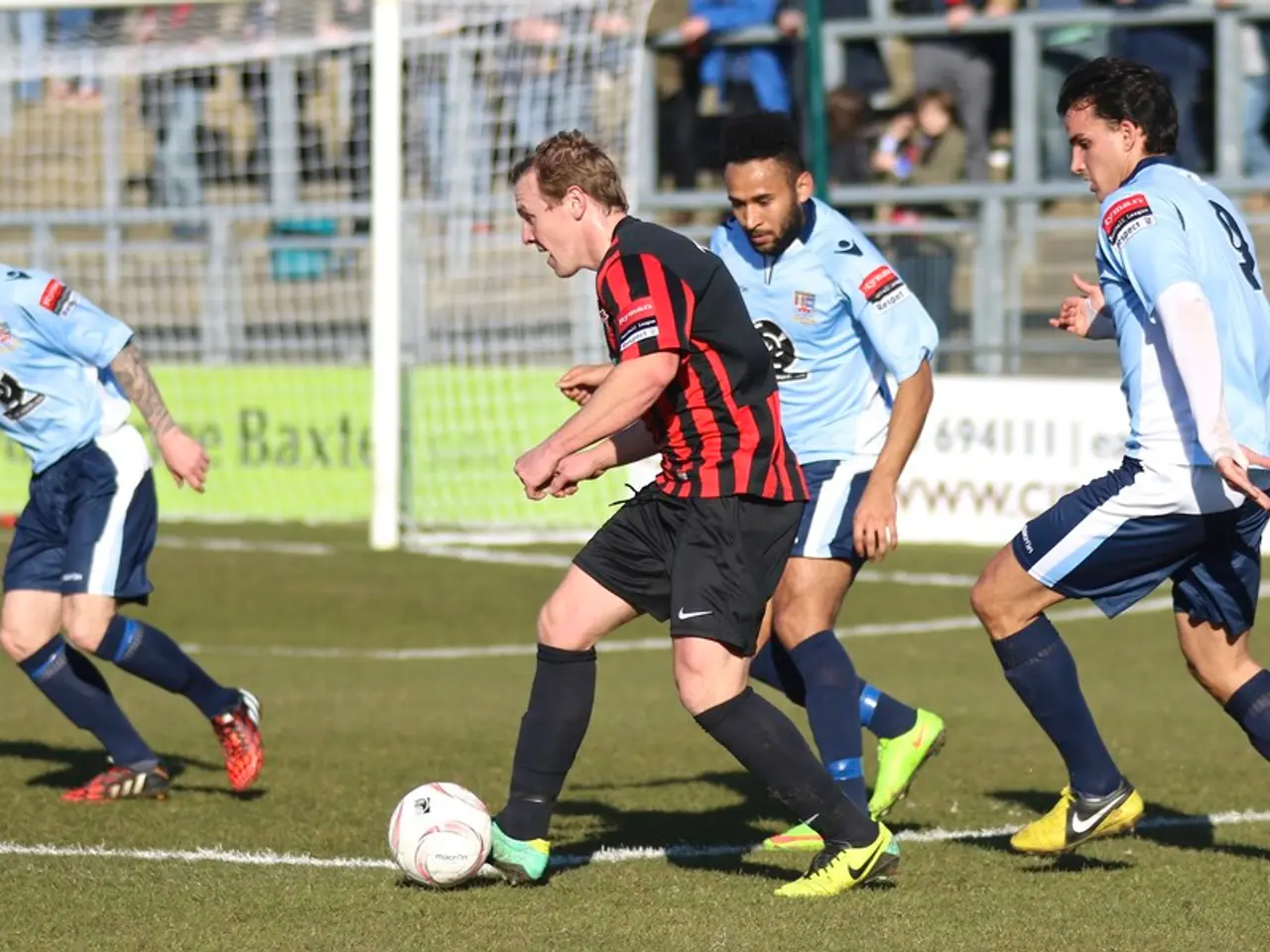"Life-Changing Witness: A Nagasaki Bomb Survivor's Account"
In the aftermath of the devastating atomic bombing of Nagasaki in 1945, Terumi Tanaka, now a 93-year-old survivor, has dedicated his life to ensuring that the horrors of nuclear weapons are never repeated. As one of the co-presidents of Nihon Hidankyo, the Japanese Confederation of A- and H-Bomb Sufferers Organizations, Tanaka leads an organisation committed to advocating for the abolition of nuclear weapons and preserving the memories of atomic bomb survivors, known as hibakusha.
Founded in 1956, Nihon Hidankyo was established by hibakusha determined to speak out against nuclear weapons after decades of silence and suffering. Their founding declaration emphasized saving humanity from nuclear crisis by sharing the lessons of their experiences.
The explosion, which occurred at 11:02, at 500 meters altitude above the Urakami district, in the north of Nagasaki, was more powerful than the one launched three days earlier on Hiroshima, with a power of 21 kilotons of TNT. Under the hypocenter, pulverization was total within a radius of about 1.5 km, causing many buildings to collapse. The death toll in Nagasaki reached 70,000 by the end of 1945, while around 35,000 people had died on the day of the bombing. Terumi Tanaka's house was 3.2 kilometers from the hypocenter, but he lost five members of his family in the bombing.
The long-term effects of nuclear weapons were not fully realized until after the US tested a hydrogen bomb in the Pacific Ocean on March 1, 1954. This event led to the contamination of the crew of the Japanese tuna boat Daigo Fukuryu Maru and 900 other fishing boats.
Nihon Hidankyo's first objective is to ensure that the Japanese state fully assumes responsibility for the care and aid of victims. The Japanese government accepted to cover the medical expenses of the hibakusha in 1957. The organisation's second objective is to ensure that atomic and hydrogen bombs are never used again.
Nihon Hidankyo forcefully echoed its appeal to sensitize decision-makers to the horrors related to nuclear weapons during the peak of Cold War tensions. Today, the organisation continues its mission, engaging in efforts such as receiving and exhibiting testimonies and historical materials, helping digitize atomic bombing archives in cooperation with other nonprofit organisations, and sharing hibakusha experiences globally at schools, conferences, and the United Nations.
As the number of survivors dwindles due to age, Nihon Hidankyo remains a vital voice warning of nuclear dangers amid renewed global nuclear tensions, advocating fiercely that no more hibakusha should be created through future bombings. Their mission centers on remembrance, education, and pushing for the total abolition of nuclear weapons worldwide as a legacy for future generations.
Tanaka, who was 13 years old when the atomic bomb exploded near his home in Nagasaki, believes that the international context has changed over time, notably due to the threat made by Russia to use a tactical nuclear weapon in Ukraine. Despite this, he hopes that the younger generations will continue to spread the message of the hibakusha, ensuring that the lessons of Nagasaki are never forgotten.
In light of the horrors experienced by hibakusha in Nagasaki after the atomic bombing in 1945, Nihon Hidankyo, an organization dedicated to advocating against nuclear weapons and preserving the memories of atomic bomb survivors, has actively engaged in politics, pushing for nuclear disarmament and general news about war-and-conflicts. As the number of survivors diminishes, the organization's mission becomes increasingly important, aiming to educate the younger generations about the devastating cultural and human impact of nuclear warfare, and to prevent future nuclear crises.
